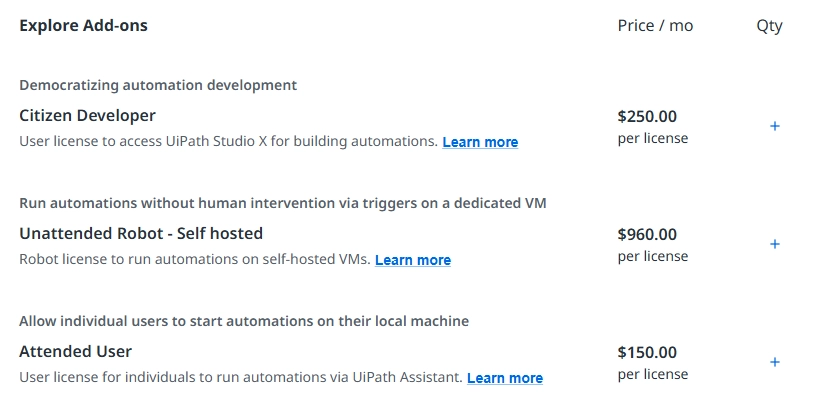
Here's what you're really paying for when you upgrade to Enterprise, based on 18 months of production usage.
The Good Stuff (Why We Still Use It)
The integrations actually work most of the time. Zapier's 7,000+ app connections aren't just marketing fluff - they've built solid APIs that don't break every time a third-party app updates. Compare that to Microsoft Power Automate, where half the connectors feel like they were built by interns and abandoned. The Zapier Developer Platform ensures consistent API quality across integrations.
Our marketing team can build workflows without calling me every 30 minutes. That's worth something. The visual workflow builder is dummy-proof enough that non-technical people can actually use it without breaking production systems. Even complex multi-step Zaps work reliably with the Zapier Editor.
Enterprise security features are legit. SOC 2 Type II certification means something when you're dealing with customer data. SAML SSO integration works without the usual enterprise software nightmare setup process. The audit logging capabilities are comprehensive enough to satisfy even our paranoid compliance team.
Where Zapier Will Screw You Over
The pricing model is designed to fuck you. Every single action in a workflow counts as a "task." That simple "new lead → update CRM → send Slack notification" workflow? That's 3 tasks per execution. Scale that across hundreds of leads and you're burning through your monthly allocation like it's free beer at a conference.
We went from 10,000 tasks/month to 150,000 tasks/month in 6 months as teams got excited about automation. Our bill went from $300 to $3,000/month. Zapier's pricing calculator doesn't warn you about this reality. Check the task usage monitoring guide to avoid surprises.
Integration depth is a lie for complex use cases. Sure, Zapier connects to Salesforce, but good luck doing anything beyond basic CRUD operations. The Salesforce API documentation has hundreds of endpoints - Zapier exposes maybe 20 of them. Same story with most enterprise app integrations.
Error handling is from 2005. When a Zap fails, you get helpful messages like "Something went wrong" or "Invalid input." Thanks, Zapier. Really narrows it down. The error logs and troubleshooting are useless for debugging anything complex. Compare that to n8n's debugging capabilities, where you get actual stack traces and can see exactly what failed.
Real Production Gotchas
Webhook triggers are instant, polling triggers check every 15 minutes. This isn't clearly explained anywhere in their docs. I found out when our "urgent" sales alerts were arriving 20 minutes after leads went cold.
The 5-minute timeout on code steps will kill you. Try doing any real data processing and you'll hit the wall. The 1MB payload limit is equally ridiculous for modern apps.
API rate limits from connected apps will break your workflows silently. Zapier doesn't warn you when you're about to hit Salesforce's daily limits. Your workflows just stop working and you won't know for hours.
Why We Haven't Switched Yet
Despite all the problems, we're still using it because:
Training replacement is expensive. Our business users would riot if I made them learn Make.com's complex interface or n8n's technical approach.
The ecosystem lock-in is real. We have 200+ Zaps across 15 teams. Migration would take months.
It works for 80% of use cases. The simple stuff - data sync, notifications, basic lead routing - works reliably.
Enterprise support is actually helpful. When shit breaks (and it will), their TAM responds in under 2 hours. That's better than most enterprise software vendors.
The bottom line: Zapier Enterprise is expensive automation for lazy enterprises. If you can afford the task costs and don't need complex logic, it'll solve your integration headaches. But if you're processing high volumes or need sophisticated workflows, look elsewhere before you get locked into their pricing trap.
The reality is brutal: most enterprises choose convenience over cost optimization. That's exactly what Zapier banks on. They know that once you've deployed 200+ workflows across a dozen teams, migration becomes a nightmare that costs more than just paying their inflated prices. It's vendor lock-in by design, and it works.



